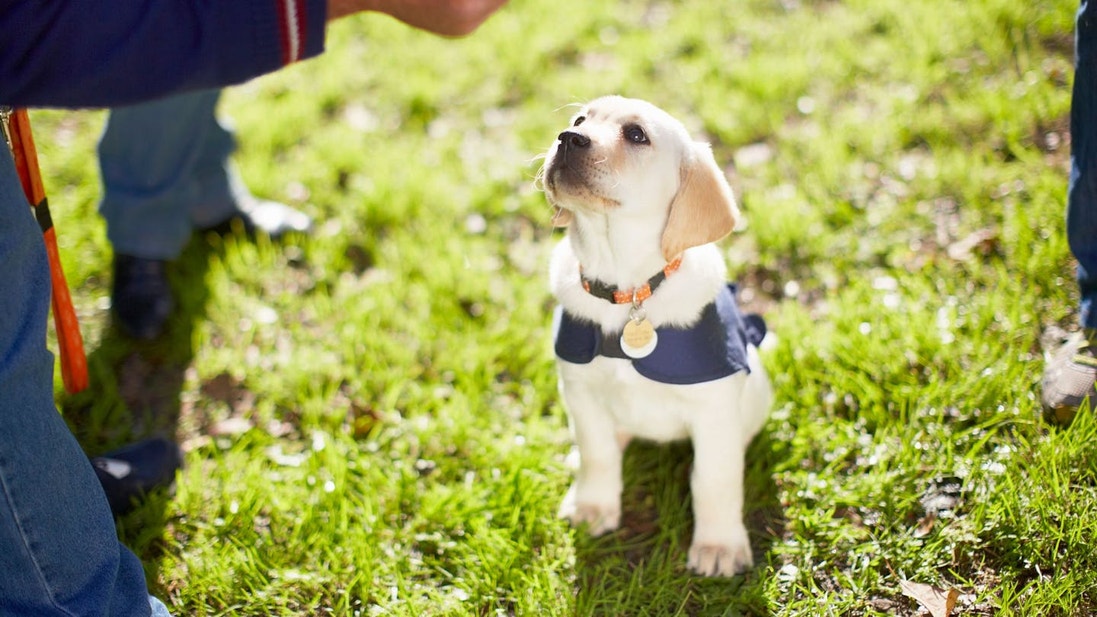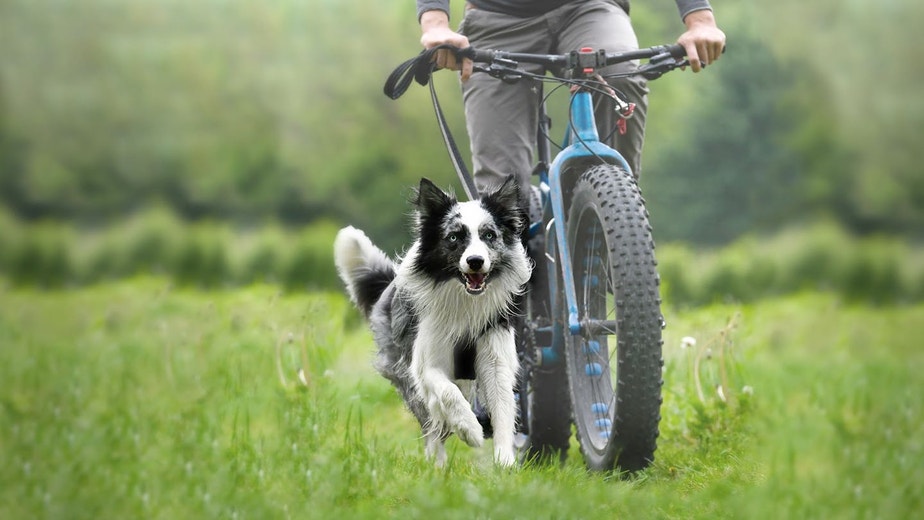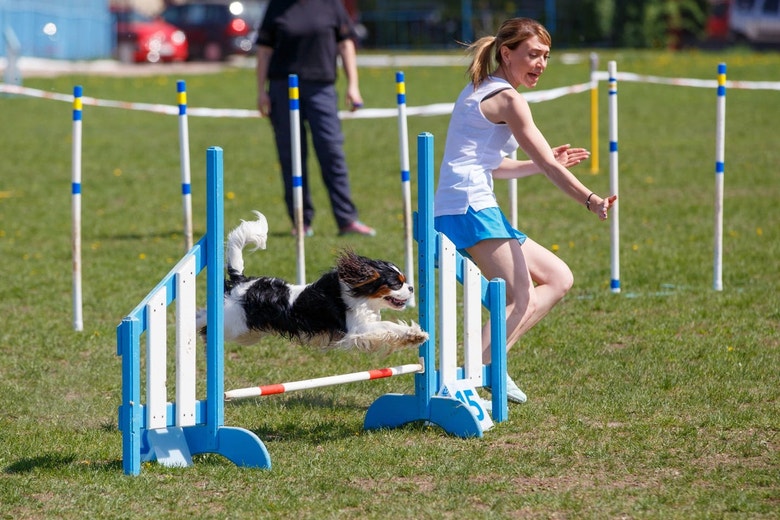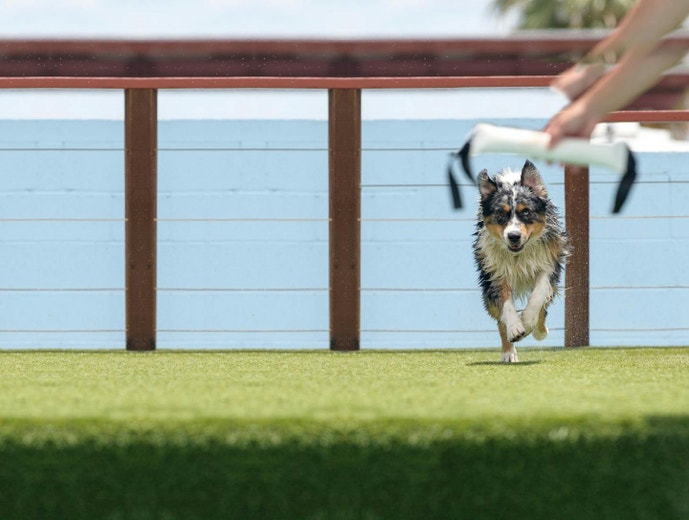
What It Takes To Be A Service Dog
Service dogs aren’t just loyal companions – for people living with disabilities, they provide a vital link to independent living.
While beloved by their owners, service dogs are not pets; they serve crucial roles in their master’s lives in several ways. Guide dogs help the blind navigate their environment. Assistance dogs help improve quality of life of children with special needs, like autism, through training in task-specific skills. Medical alert dogs signal acute medical issues, such as seizures or low blood pressure. Psychiatric service dogs calm those facing bouts of anxiety or PTSD. (All require greater training and certification than emotional support dogs, which primarily provide comfort simply by being next to their owners.)
Service dog training is rigorous, and it can cost in excess of $25,000 to train one service dog – so it’s imperative to choose dogs that are up for the task. While any breed can potentially serve, assuming its size matches the needs, the three of the most common service dog breeds are Labrador Retrievers, Golden Retrievers and German Shepherds, according to the AKC. This is due to intelligence, eagerness to please and temperament.
“Our breeding program staff check each dog’s temperament, trainability, health, physical abilities and littermate trends, and only the ‘best of the best’ are chosen,” according to the AKC Canine Good Citizen Program.
In addition to foundational obedience, the AKC outlines that ideal service dogs must:
- Be calm, especially in unfamiliar settings
- Be alert, not reactive
- Have a willingness to please
- Be able to learn and retain information
- Be capable of being socialized to varying situations
- Be reliable in repetitive tasks
Once trained, a lot of care goes into matching assistance dogs to the right homes. Since 1975, Canine Companions for Independence has placed assistance dogs with people in need (free of charge), and Eukanuba is proud to provide the nutrition that fuels these extraordinary dogs. If you or someone you know have an assistance dog, consider Eukanuba™ Premium Performance 26/16 Exercise, which is formulated specifically for the nutritional needs of service dogs.




